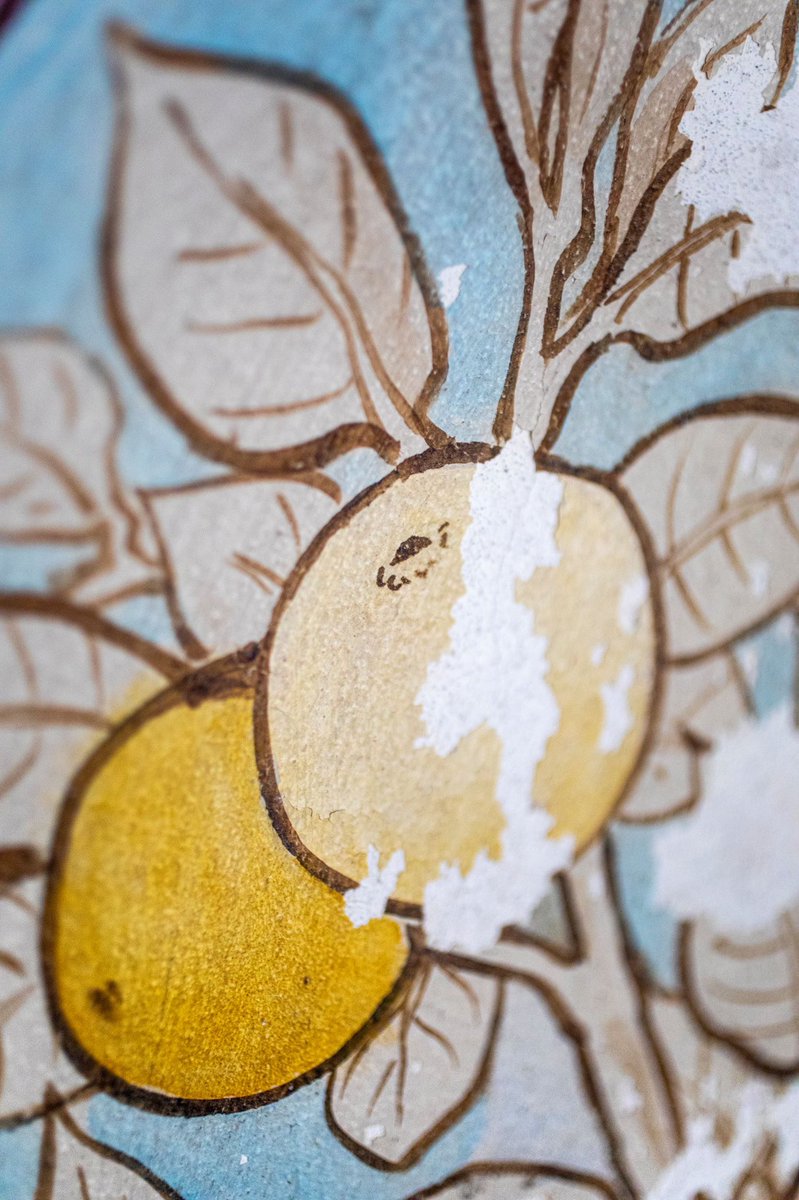
In 1876, the chancel of St John the Baptist's, Allington, in Wiltshire was decorated with stencil and freehand decoration, including orange trees, curtains and rosettes, in memory of Fulwar William Fowle, rector of the parish for 60 years. 

More oranges appear in a charming 'trompe l'oeil' priest's seat with an orange tree painted in the recess. 

The #artsandcrafts decorations, and the east window, were designed by the prestigious firm Heaton, Butler and Bayne. 

This year's #HeritageOpenDays theme is 'Edible England', and we invite you to explore the church and take part in a self-guided activity and quiz on the theme of oranges.
Mon 13 -Thurs 16 Sept, 10-4pm; volunteers present Mon and Tues 2-4pm
More details: bit.ly/3n10Tus
Mon 13 -Thurs 16 Sept, 10-4pm; volunteers present Mon and Tues 2-4pm
More details: bit.ly/3n10Tus

• • •
Missing some Tweet in this thread? You can try to
force a refresh


























